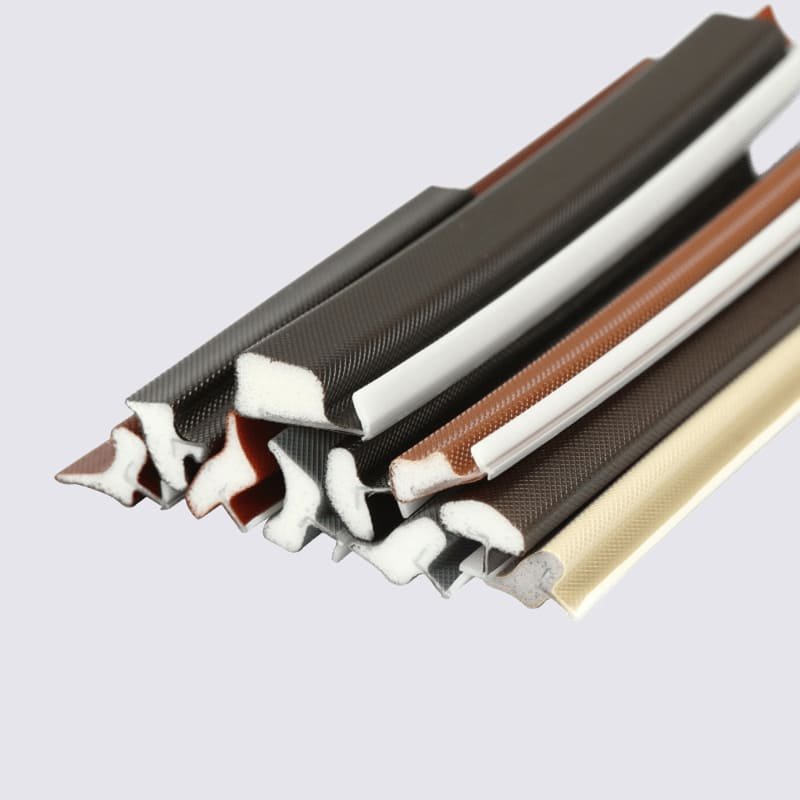Ynlieding:
Silicone hoses are widely used in various industries and applications due to their flexibility, duorsumens, en ferset tsjin ekstreme temperatueren. Whether you have a silicone hose in your car, kitchen, or laboratory, proper maintenance and regular cleaning are essential to ensure optimal performance and longevity. Yn dit artikel, we will explore the best practices for cleaning silicone hoses and suggest effective cleaning agents that will help you keep them in pristine condition.
Understanding Silicone Hoses:
Silicone hoses are composed of a silicone rubber material known for its excellent heat resistance and flexibility. They are commonly used for conveying liquids and gases in industries such as automotive, aerospace, iten en drinken, medysk, en mear. To maintain their functionality and prevent contamination, regular cleaning is necessary.
If you need high-performance silicone hose, nim dan kontakt mei ús op
Cleaning Methods:
2.1. Precautions:
Before cleaning your silicone hose, it is important to consider a few precautions:
Disconnect the hose: Ensure the hose is disconnected from any equipment or machinery before initiating the cleaning process.
Ventilation: Perform the cleaning in a well-ventilated area to avoid inhaling any cleaning agents or fumes.
Temperature considerations: Silicone hoses are heat resistant, but extreme temperature differentials should be avoided during the cleaning process.
2.2. Manual Cleaning:
Manual cleaning is a common method used for silicone hoses. Follow these steps:
1: Rinse: Start by rinsing the hose with warm water to remove any loose debris or contaminants.
2: Brushing: Use a soft-bristled brush or sponge to scrub the hose gently. Avoid using abrasive materials that could damage the surface.
3: Cleaning Agent: Apply a mild cleaning agent, such as a solution of warm water and dish soap, to the hose. Alternatively, a mixture of vinegar and water can be effective for removing stubborn stains or deposits. solution of warm water and dish soap, to the hose. Alternatively, a mixture of vinegar and water can be effective for removing stubborn stains or deposits
4: Rinse Thoroughly: Rinse the hose thoroughly with warm water to remove any traces of the cleaning agent.
5: Drying: Allow the hose to air dry completely before reconnecting it to any equipment or storing it.
2.3. Dishwasher Cleaning:
Some silicone hoses may be dishwasher safe, but it is crucial to check the manufacturer’s recommendations before attempting this method. If dishwasher cleaning is suitable for your hose, follow these steps:
1: Disassemble: If possible, disassemble the hose into smaller components for more effective cleaning.
2: Pre-rinse: Rinse the hose with warm water to remove loose debris.
3: Place in Dishwasher: Place the hose components in the dishwasher, making sure they are securely positioned to avoid tangling or damage.
4: Select Appropriate Settings: Choose a gentle cycle and avoid using harsh detergents or high-temperature settings that may damage the hose.
5: Post-rinse and Drying: After the dishwasher cycle is complete, rinse the hose components with warm water to remove any residual detergent. Allow them to air dry thoroughly before reassembling or storing.
Cleaning Agents:
When selecting a cleaning agent for your silicone hose, it is essential to choose mild options to avoid damaging the material. Here are some suitable cleaning agents:
Warm water and dish soap: A gentle solution effective for routine cleaning.
Vinegar and water: Useful for removing stubborn stains or mineral deposits.
Baking soda paste: Effective for tackling tough stains or odors. Apply the paste, let it sit for a few minutes, then scrub and rinse.
Isopropyl alcohol: Suitable for sanitizing silicone hoses, especially in medical or laboratory settings.
Underhâldsjo-tips:
To keep your silicone hose in optimal condition, consider the following maintenance tips




